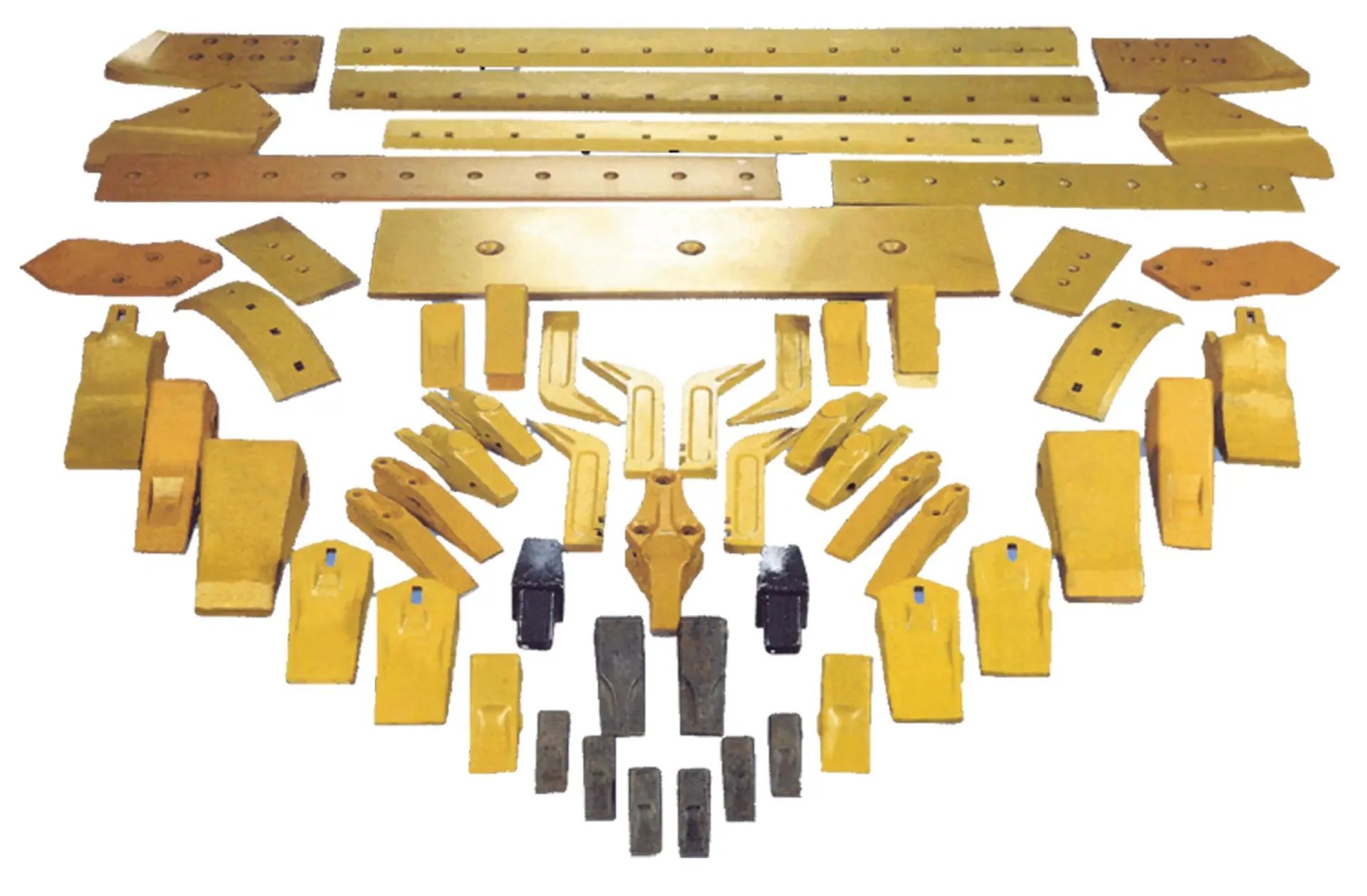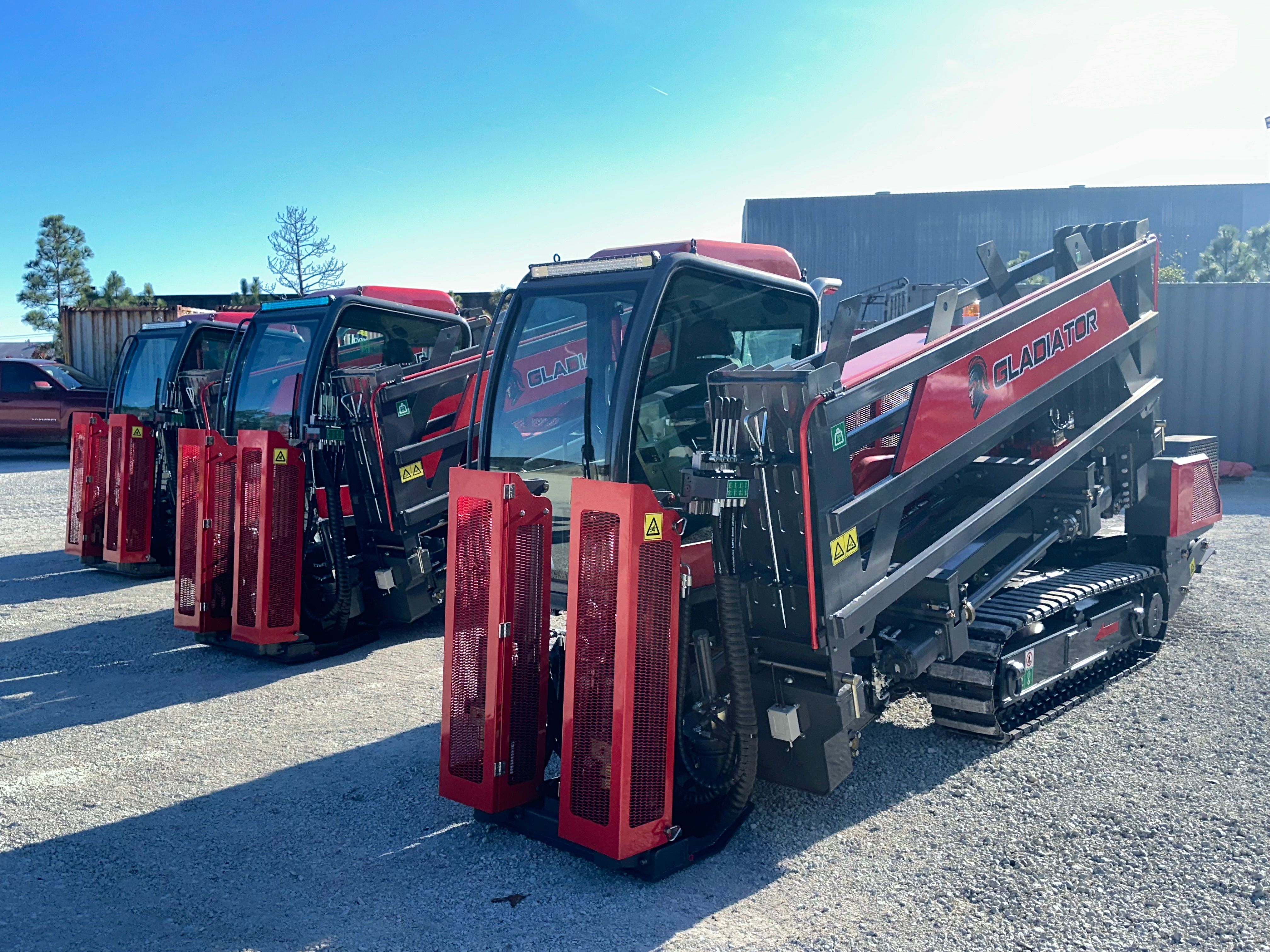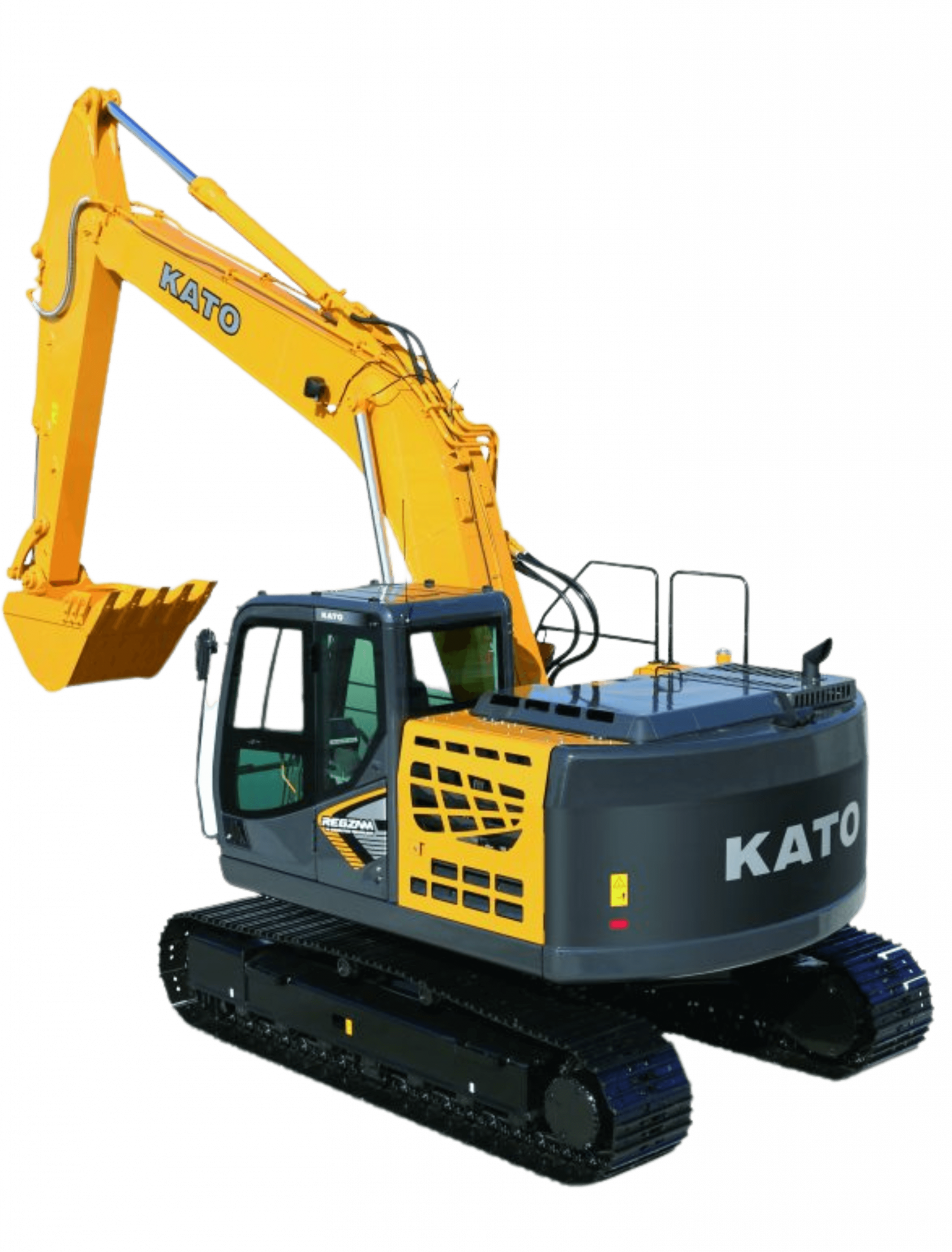Operating Horizontal Directional Drilling equipment is a demanding task that requires precision, experience, and a clear understanding of underground conditions. A single mistake on the jobsite can lead to broken equipment, safety hazards, costly utility strikes, and serious delays. Whether you're drilling through urban infrastructure or rural terrain, the margin for error is small and the consequences are big.
This guide outlines the most common mistakes operators make when using Horizontal Directional Drilling equipment and offers practical steps to avoid them. If you're serious about keeping your projects on track, protecting your investment, and maintaining safety on the jobsite, read on.
Why Operator Errors Matter in Horizontal Directional Drilling
Horizontal Directional Drilling equipment is expensive and often deployed in complex, unpredictable environments. Errors don’t just affect the equipment — they impact your schedule, crew safety, and the integrity of nearby infrastructure.
Avoidable mistakes can result in:
- Unexpected downtime and missed deadlines
- Damage to underground utilities or surrounding structures
- Premature equipment failure
- Voided warranties
- Legal and environmental consequences
Every contractor wants to finish the job quickly, but speed without precision is a recipe for rework and risk. Skilled operators know that success begins with awareness and discipline — not shortcuts.
1. Skipping a Thorough Pre-Job Site Assessment
One of the biggest and most common mistakes operators make is rushing into the job without fully assessing the site. A proper pre-drill plan goes far beyond marking the start and end points.
Risks of skipping this step:
- Missing underground utility crossings
- Selecting the wrong drill path for soil conditions
- Misjudging distance, depth, or surface obstacles
- Causing inadvertent utility strikes or bore path deviations
What to do instead
- Conduct a full subsurface utility mapping scan
- Identify soil type, moisture, and compaction levels
- Assess surrounding buildings, trees, and slope
- Establish a safe bore path and mark all critical points
- Confirm permit requirements and local regulations
A few extra hours of planning can prevent days of unplanned repairs and downtime.
2. Improper Drill Rod Handling
Drill rods are the backbone of your Horizontal Directional Drilling operation — and mishandling them is one of the fastest ways to cause failure.
Common rod handling errors
- Cross-threading during makeup
- Over-torquing and stripping threads
- Using worn or mismatched rods
- Letting rods drag or drop on the ground
What to do instead
- Always clean and inspect threads before assembly
- Use torque specifications provided by the manufacturer
- Match rod types and diameters throughout the bore
- Use support racks or handling tools to reduce impact
Each damaged rod or misalignment adds stress to your system and shortens the life of your equipment.
3. Mismanagement of Drilling Fluid Pressure
Drilling fluid — or "mud" — plays a critical role in the success of any Horizontal Directional Drilling operation. Mismanaging pressure and flow rates can cause frac-outs, instability, and inefficient cuttings removal.
Common mistakes
- Running too high pressure in loose soils
- Failing to monitor mud viscosity and temperature
- Using an improper mud mixture for the soil type
- Letting the tank run low and drawing in air
Best practices
- Regularly test mud properties (viscosity, pH, additives)
- Monitor annular pressure throughout the bore
- Maintain proper return flow with the recycler
- Adjust pump rates based on depth and resistance
Over-pressurization can lead to blowouts, soil contamination, and even damage to nearby infrastructure.
4. Inconsistent Steering and Depth Control
Precision is the entire point of Horizontal Directional Drilling. Losing track of your drill head or veering off course is more common than many crews admit — especially in longer bores or under challenging soil conditions.
What causes deviations
- Wand signal loss due to interference or poor placement
- Improper tracking angle or sensor calibration
- Operator fatigue or delayed communication
- Ground conditions that shift the head unexpectedly
Prevent it by
- Using high-quality tracking systems with calibration before each run
- Keeping open communication between the operator and tracker
- Rechecking your location after every 1–2 rods installed
- Anticipating interference near rebar, power lines, or wet soils
Even a small deviation early in the bore path can multiply into a serious problem on pullback.
5. Failing to Maintain Equipment Between Runs
Horizontal Directional Drilling equipment works in dirty, high-friction environments. Yet many operators skip or shorten daily maintenance, especially under schedule pressure.
Neglect leads to
- Premature bearing, seal, or hydraulic failure
- Wear on rod joints, reamers, and cutters
- Lower efficiency and longer drilling times
- Unexpected breakdowns mid-bore
Set a basic routine
- Clean mud from machine joints and tool faces
- Grease high-friction points as per manufacturer specs
- Inspect and tighten connections every shift
- Check fluid levels, filters, and cooling systems
Remember: daily maintenance is cheaper than unscheduled repair.
6. Ignoring Manufacturer Recommendations
Operators sometimes think they "know better" than the manual — but misusing equipment outside its rated limits leads to expensive problems fast.
Examples include:
- Pulling more load than the machine is designed for
- Using bits or reamers not designed for the soil
- Running the engine too hot or revving under load
- Swapping out non-OEM parts that don’t fit right
Every Horizontal Directional Drilling machine has specific tolerances, service intervals, and operating standards. Respect them, or be ready to pay the price.
7. Poor Communication Between Crew Members
Field crews are busy, and when communication breaks down, even experienced teams make mistakes. Misalignment during bore path adjustments or delayed reactions during pullback can cause real damage.
Watch for
- Tracker giving unclear or late updates
- Operator assuming direction without confirmation
- Pullback team rushing without checking path alignment
- No visual confirmation before switching heads or rods
Train your crew to treat communication like safety equipment — non-negotiable and mission-critical.
How to Avoid Operator Mistakes on Your Jobsite
Training and discipline are the most powerful tools to reduce error.
Best practices include:
- Establishing pre-bore planning meetings
- Reviewing equipment inspection checklists daily
- Assigning clear roles and backup responsibilities
- Holding quick safety huddles before pullback
- Using digital job logs to track every run’s performance
Operators who work with care, not just speed, consistently outperform on safety and efficiency.
Work Smart, Drill Safer
Horizontal Directional Drilling is all about control — controlling depth, direction, fluid flow, and risk. But without the right practices and awareness, even the best equipment can't prevent costly mistakes.
Avoiding operator error doesn’t mean slowing down. It means working smarter:
- Understand the ground before you drill
- Maintain your rig like your paycheck depends on it — because it does
- Communicate constantly, clearly, and with purpose
- Respect every step of the process, from setup to pullback




